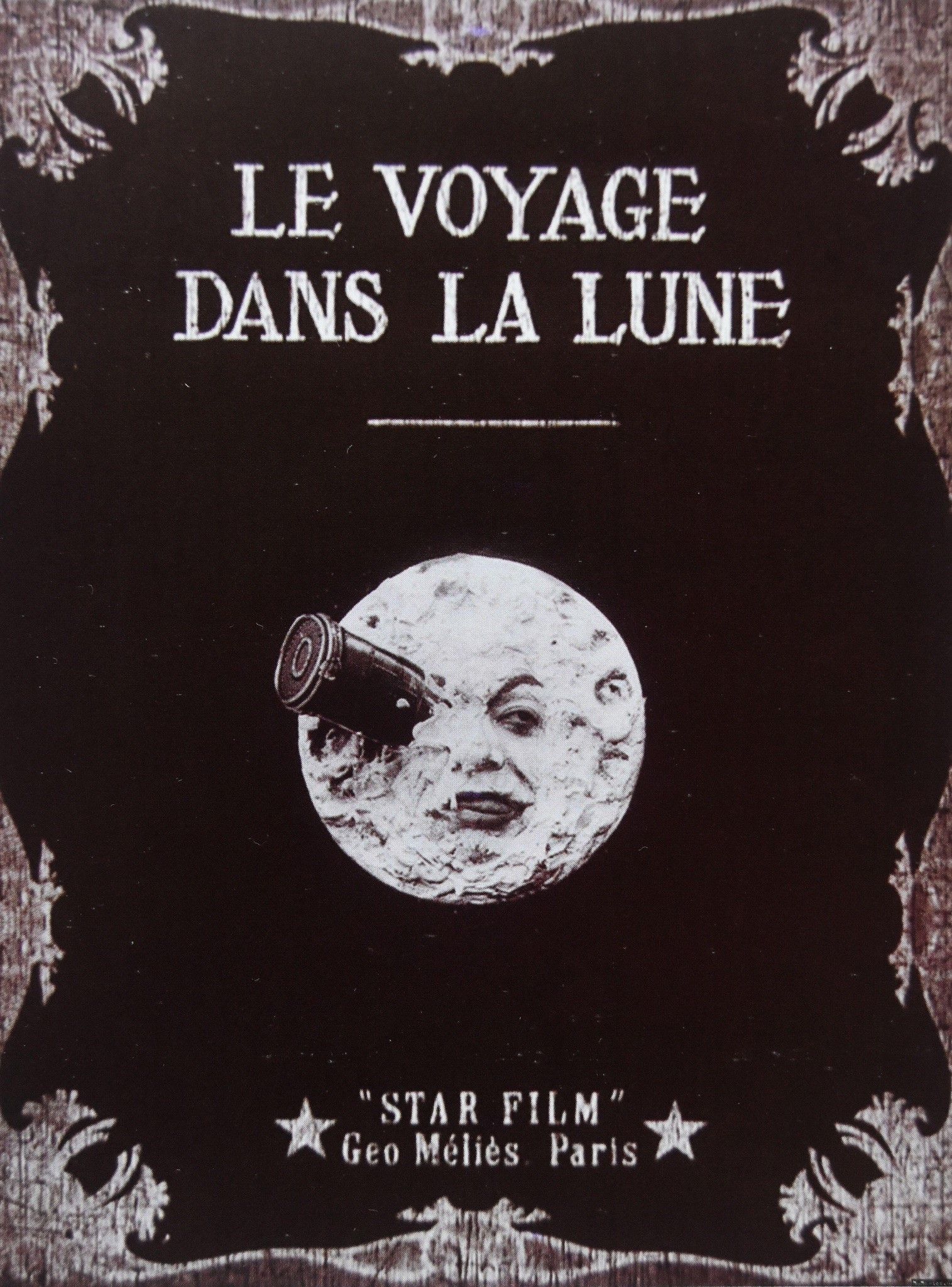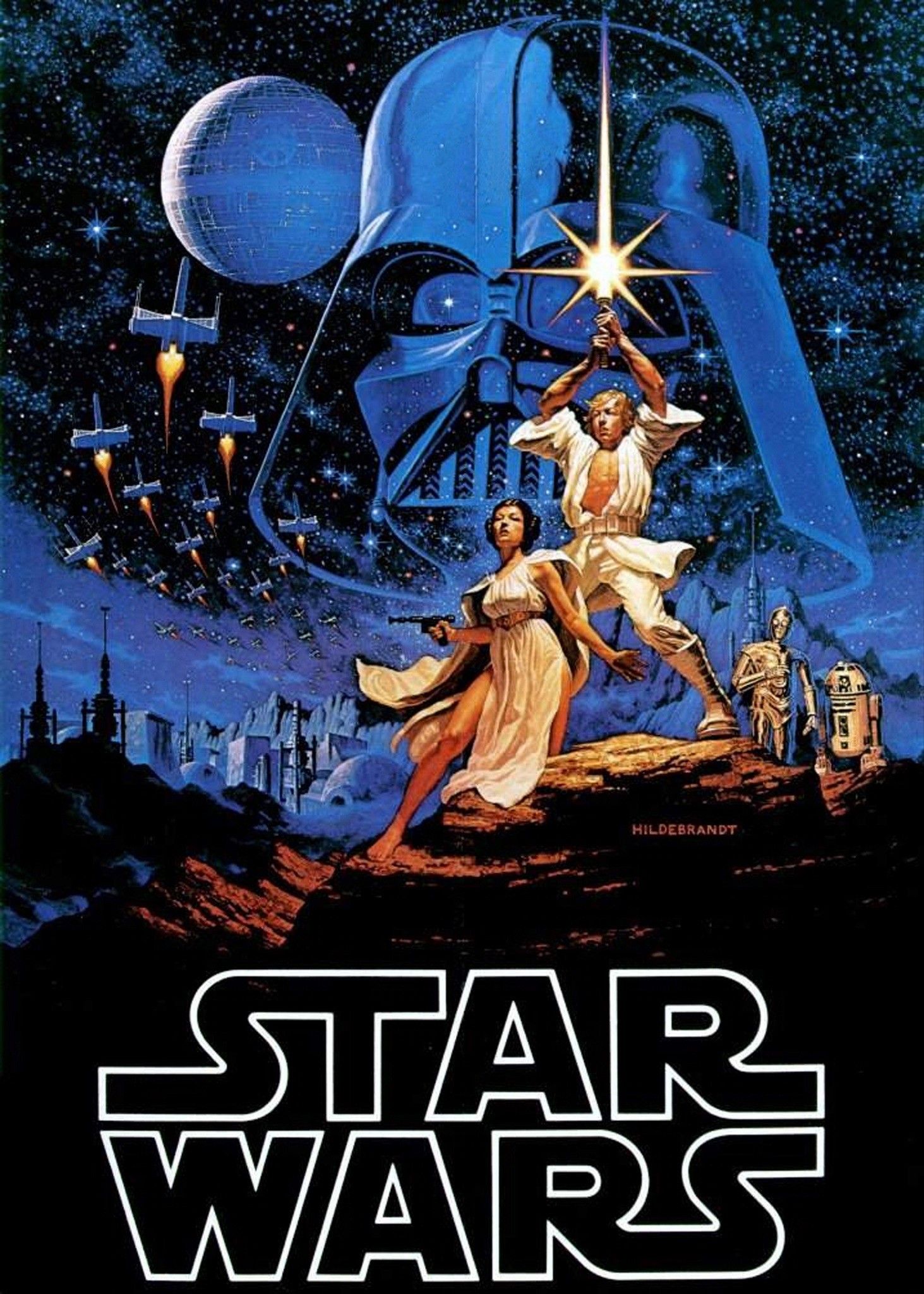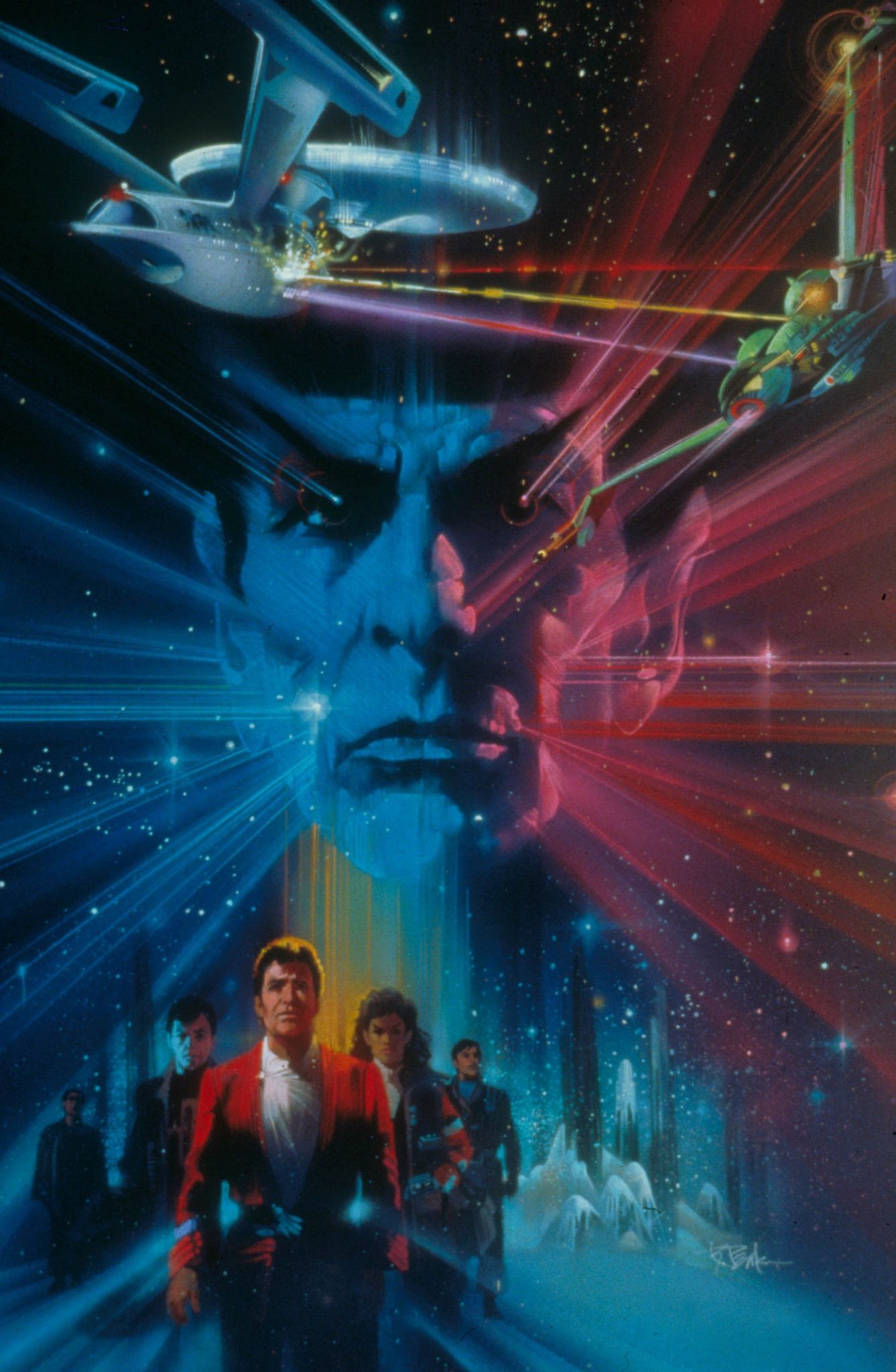Cinema between Myths and Science Fiction
Ken Barr Questar #1 Star Wars Cover Painting, Study, and Design Sketches Original Art and Magazine Group of 6 (William G. Wilson Jr., 1978). Imaged by Heritage Auctions, HA.com.
The roots of science fiction go back to myths that attempted to explain cosmic phenomena aesthetically, based on the perception of natural forces as conflicting mythical forces, intertwined in their control of the destinies and fates of life and beings. With the development of scientific knowledge and the means of exploration and research, multiple beliefs declined in favor of scientific explanations. Yet, cultures never abandoned their myths, which were rich in life experiences that revealed the human soul, and all its fears and desires, its pains and hopes. Throughout the ages, the literary world has reproduced these myths in new forms that suit emerging conditions.
With the advent of the magical screen of cinema, it became possible to embody those myths through moving pictures. Imagination became able to transcend words, drawings, and inanimate statues. Historical texts blended with mythology to produce films that deeply attracted people, entertained them, and even relayed morals and messages to them..
Because science fiction is closely related to the myths of the past while always looking at the future through a lens of scientific revolution, it has been a major field of the film industry since its inception. The first science fiction film was the French film (Le Voyage dans la Lune) in 1912. Interest in this genre, both in production and viewing, increased with the development of cinematic techniques and the industry's interaction with modern culture and technological advancements.
Joseph Campbell once said, "Myth is a symbolic story that leads us to experience the deeper meaning of life. Science fiction, on the other hand, is an insight into the possible, raising questions about the fate of man in the face of technological progress." Meanwhile Mircea Eliade, a philosopher specializing in myths, said, "Modern man thinks in terms of science, feels in terms of myth, and needs symbolic rituals to understand his place in the world."
Science fiction achieves this duality, with events based on scientific possibilities while borrowing mythical themes of supernatural action, heroism, life and death.
Myth gives science fiction symbolic dimensions that lend an existential vision to technological development. It links the future to a rich human heritage, by placing it within the context of constructing cultural identities that express people's hopes and fears, on the one hand, and raising the potential problems of conflict between man and machine on the other.

Film poster for Le Voyage dans la Lune (1902), the pioneering French science fiction film directed by Georges Méliès — a visionary work that marked the dawn of cinematic imagination. Credit: MSM Archive, Alamy Stock Photo.
Science fiction films have not only raised scientific and futuristic issues, but have also repurposed mythical archetypes such as the chosen hero, prophecy, the great journey, death and resurrection, and the afterlife. These archetypes reside in the collective unconscious and appear in artistic narratives regardless of how times and knowledge change, as Carl Jung theorized. Among these films:
● The Star Wars series: It contains a call to adventure, crossing the threshold, and the hero facing the great ordeal, then triumphing with science. This structure is clearly restored in Luke Skywalker’s victory over the dark side, using spiritual energy close to Eastern concepts such as the Tao and Prana doctrines, which call for a return to nature.
● Star Trek, the most famous and one of the longest-running science fiction series in cinema and television. It began as a television series and then moved to the world of cinema and video games. Its events take place in the twenty-third century. The United Federation of Planets is an organization that confronts the forces of cosmic evil. Its heroes are spaceship crews of mixed heritages and races, unified by a sense of science and discovery to persevere against any challenge they face..
● The Matrix series: The legendary hero Neo and a group of humans with mythical superpowers go on adventures against the evils of intelligent machines that enslave humans. Chock-full of symbolism related to the choice between illusion and reality, fate and free will, and a critique of the consumer culture that led to the dominance of technology.

Film poster for Star Wars, the American epic space and science fiction saga created by George Lucas. Credit: World History Archive, Alamy Stock Photo.
● Dune: Drawing on science fiction and the horizons of research, exploration, and access that science produces, this film blends a scientific environment with the religious concept of a savior (similar to the Messiah in Christianity, or the awaited Mahdi in Islam).
● Interstellar: An astronaut crosses the darkness (a black hole) and returns with a new vision of the world; just as in mythology, where the underworld is the arena of transformations. Scientific concepts such as gravity and relativity are used as a counterpart to death and rebirth.
● Her: The film Her delves into the philosophical aspects of the machine, and does not stop at the dangers, but rather penetrates the machine’s feelings and memory. Does the machine have a position towards memory, and can it love and hate?
● Arrival: The Female as a Mythical Icon: The heroine, Louise, undergoes a time-traveling experience that transforms her consciousness, making her wise and capable of making better choices. Metaphysical cards are explained with imaginative scientific logic.
● Downsizing: This film addresses the issues of human needs and resource scarcity, and imagines a solution to them by reducing the size of humans and creatures, so that humans would be less costly to the ecosystem, and consume less food and water, which would reduce conflicts and wars that arise from monopolization and fear of poverty and destitution.
● Moon: Perhaps one of the most important science fiction films, it raises the issue of identity and its connection to will. It is considered one of the most critical films of intellectual cloning, because the dignity of existence is linked to freedom of choice and will.

Film poster for Dune (2021), directed by Denis Villeneuve. Credit: Warner Bros, FlixPix, Alamy Stock Photo.
Science fiction cinema is a major field of multifaceted artistic expression. It has become an alternative to myths that express the existential anxieties of humanity, without changing the basic themes of human drama. This is because human emotions, physical needs, and the nature of human composition and structure remain the same, regardless of the development of knowledge and technology.
Science fiction films have only gained attention from Arab film production companies over the past decade, with a handful of timid experiments emerging, encouraged in the Gulf countries, particularly Saudi Arabia and the United Arab Emirates. These include the Saudi short film "Arabian Alien" (2020) and the Emirati film "Worthy" (2016). The prospects for growing interest among new generations in this genre are promising, in line with official plans to foster scientific and technological interests.

Film poster for Star Trek III: The Search for Spock (1984), directed by Leonard Nimoy — a pivotal chapter in the beloved sci-fi saga. Credit: Moviestore Collection Ltd, Alamy Stock Photo.


